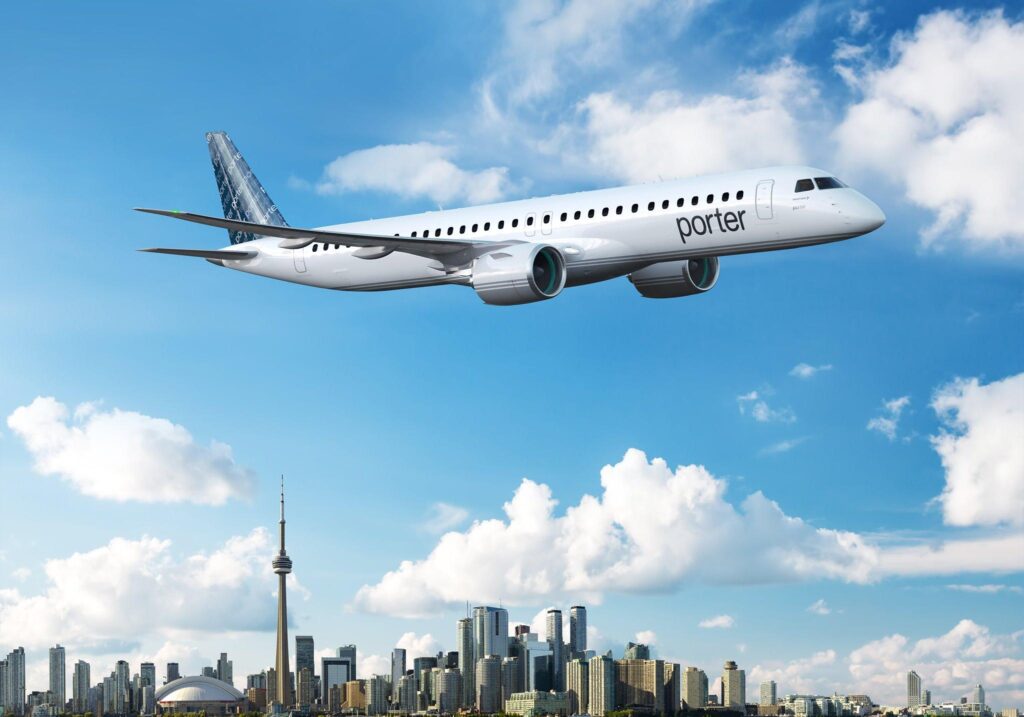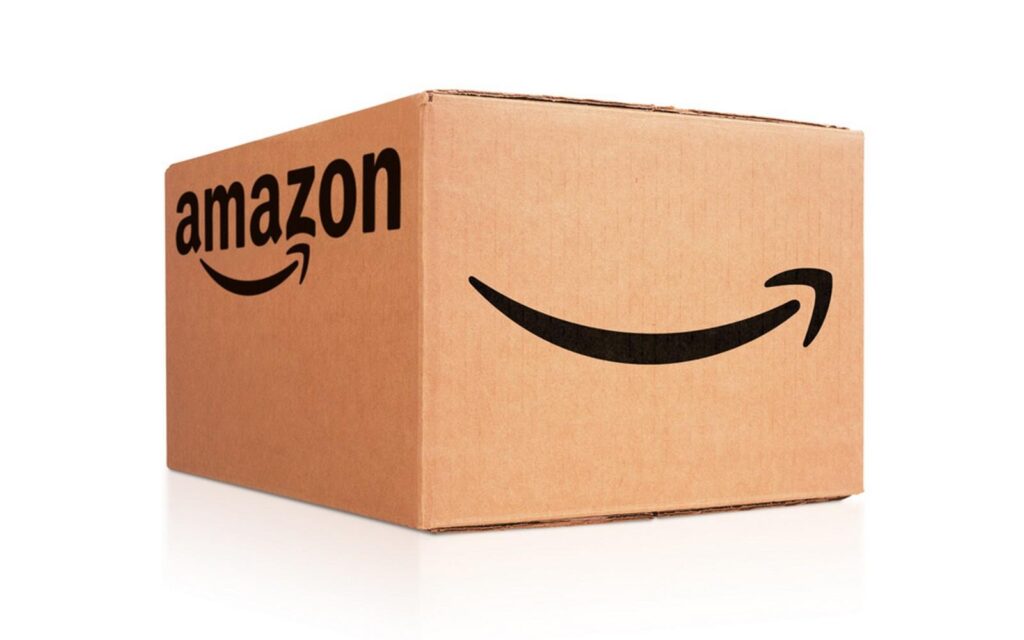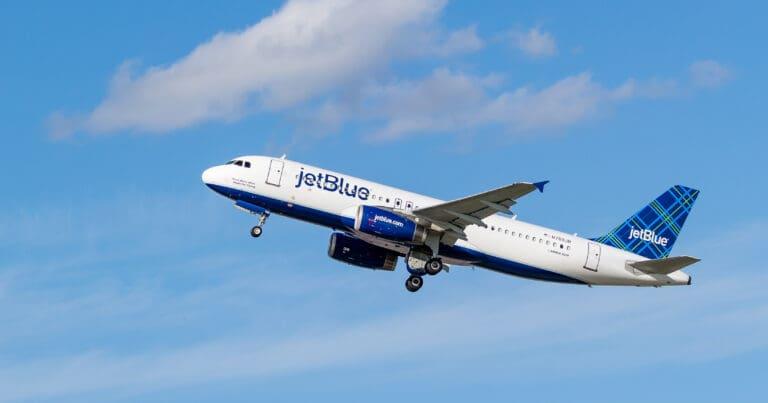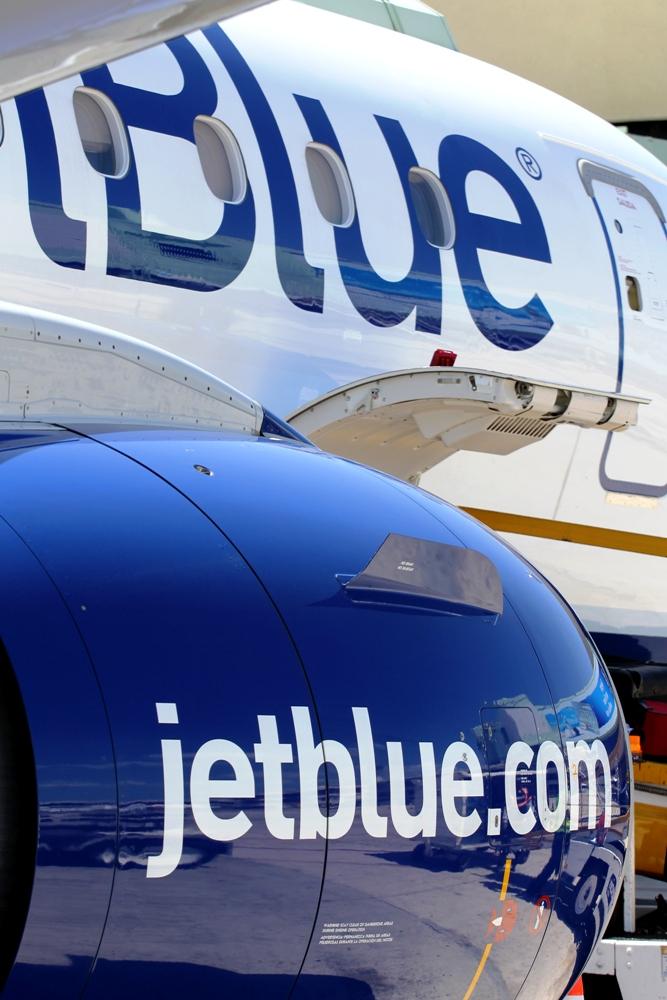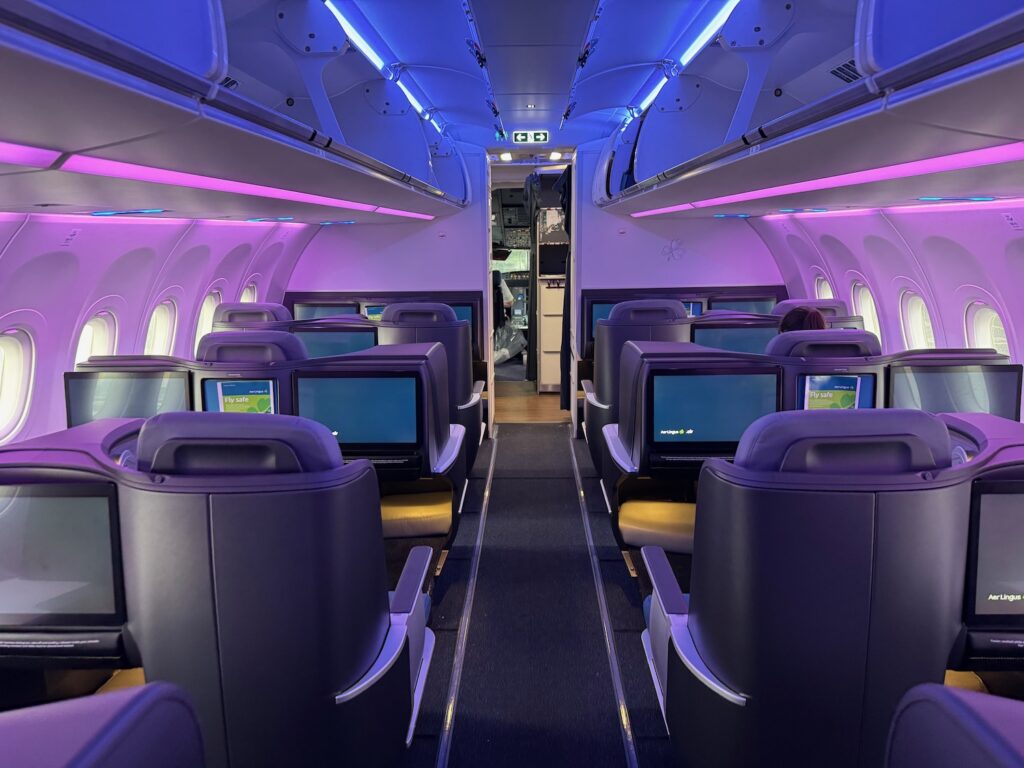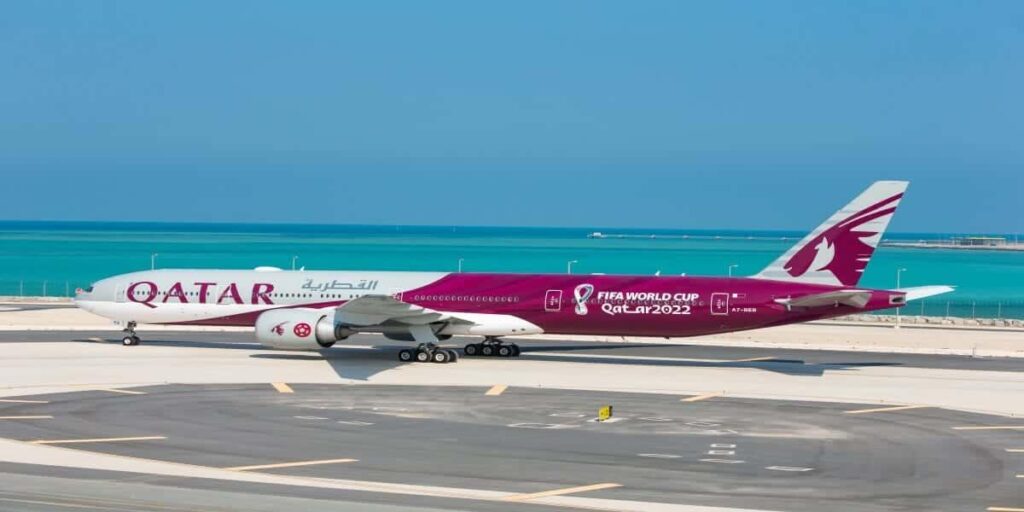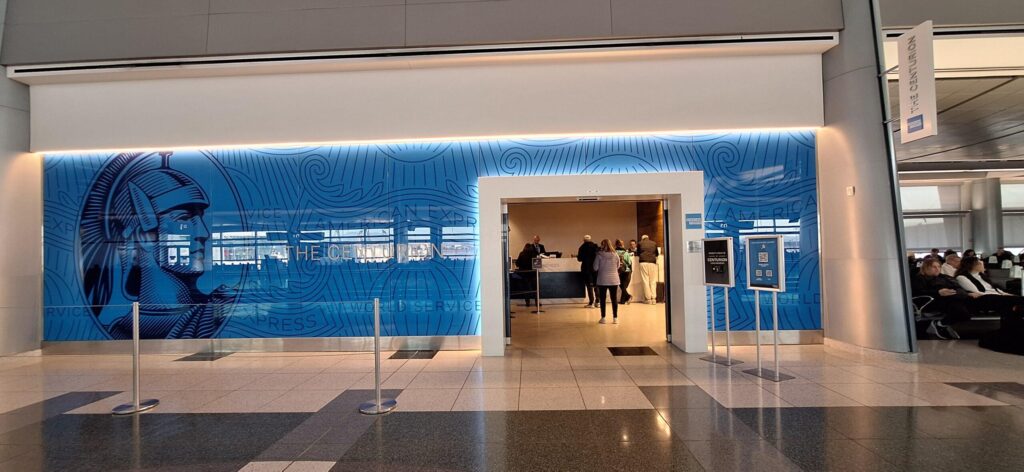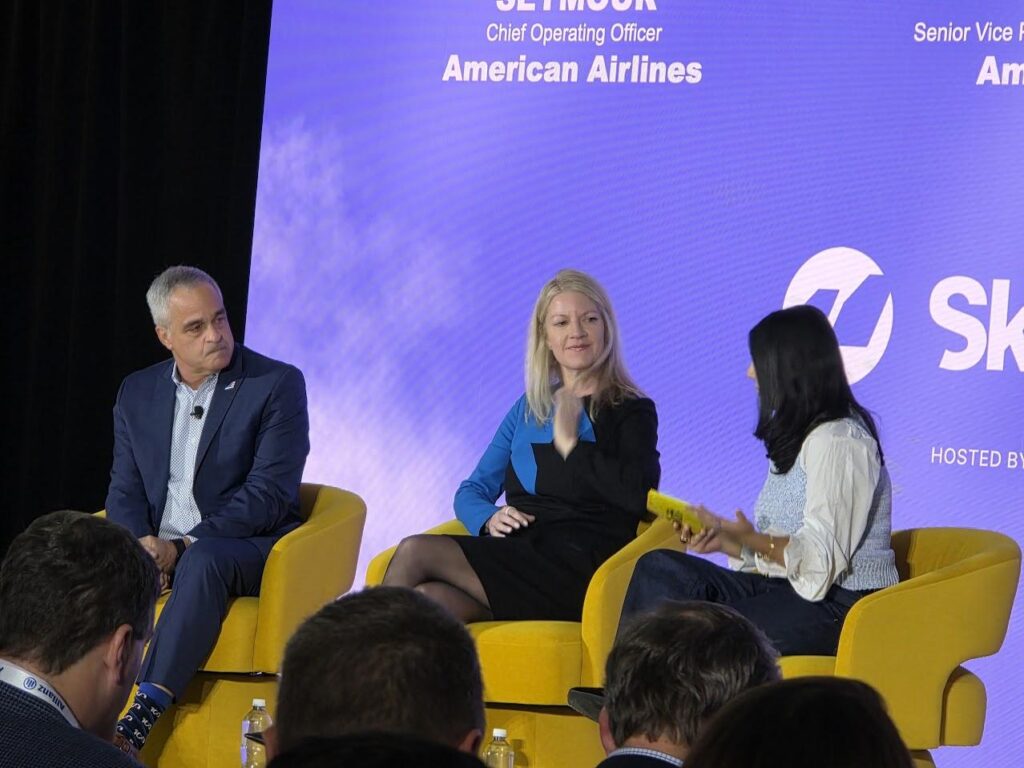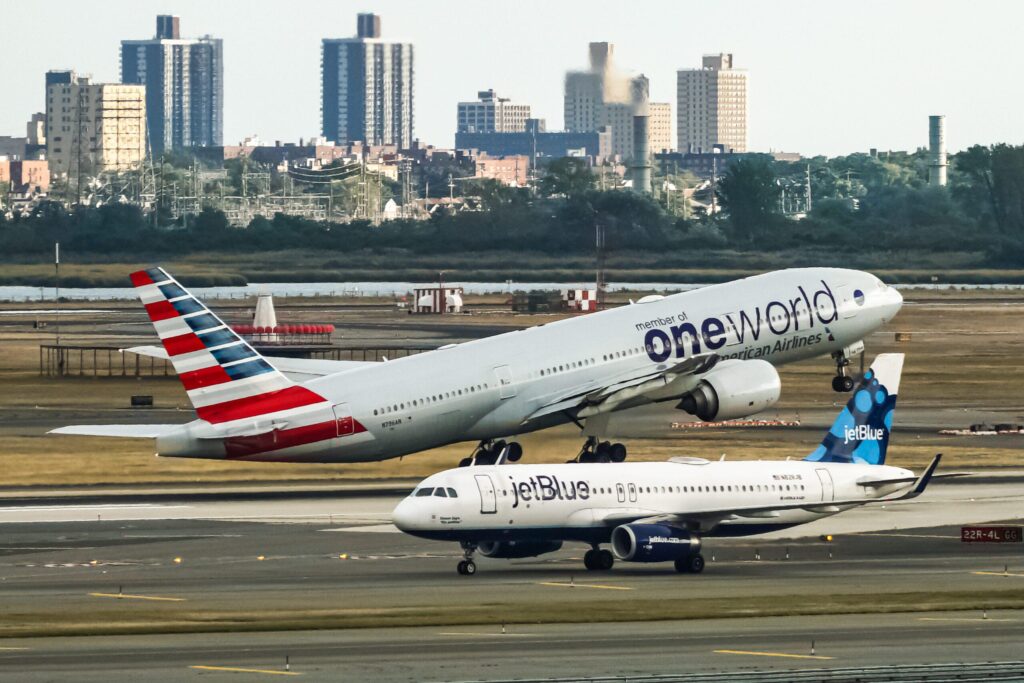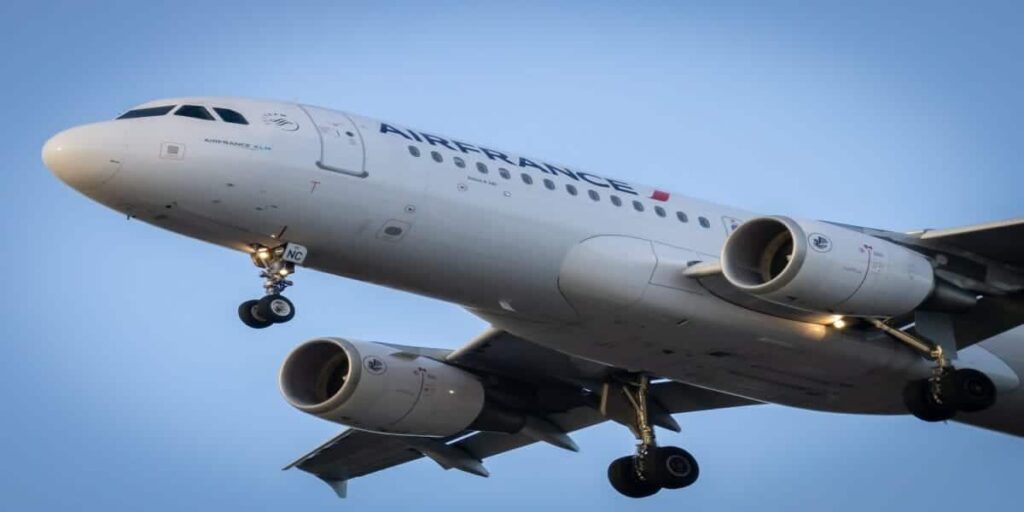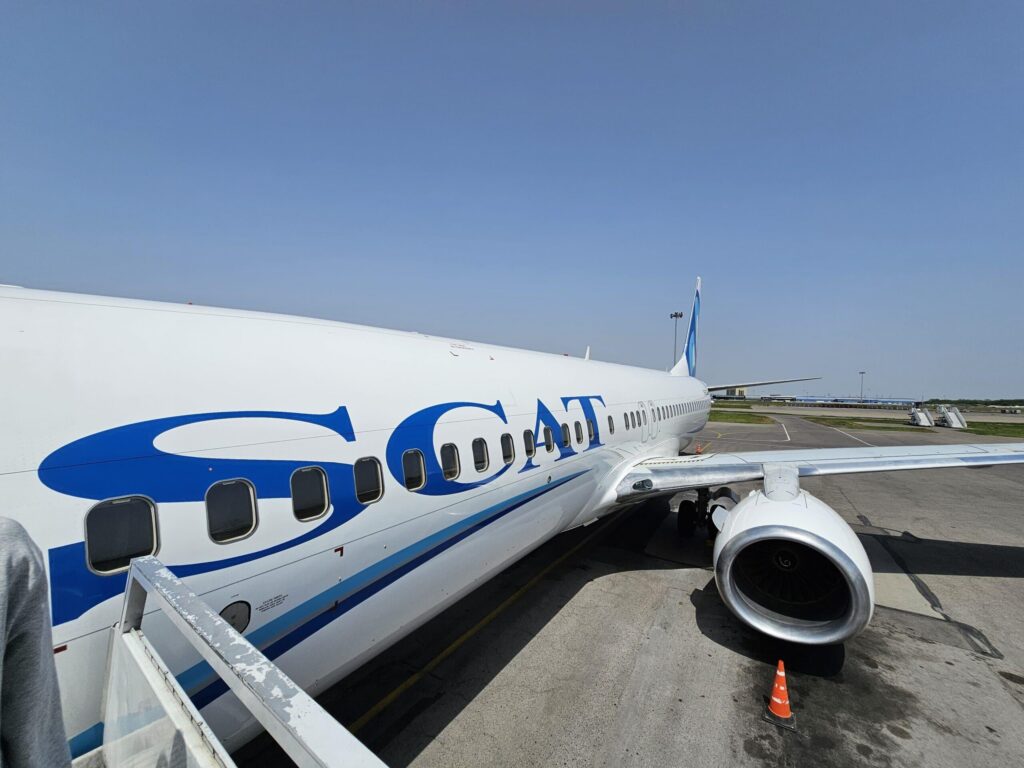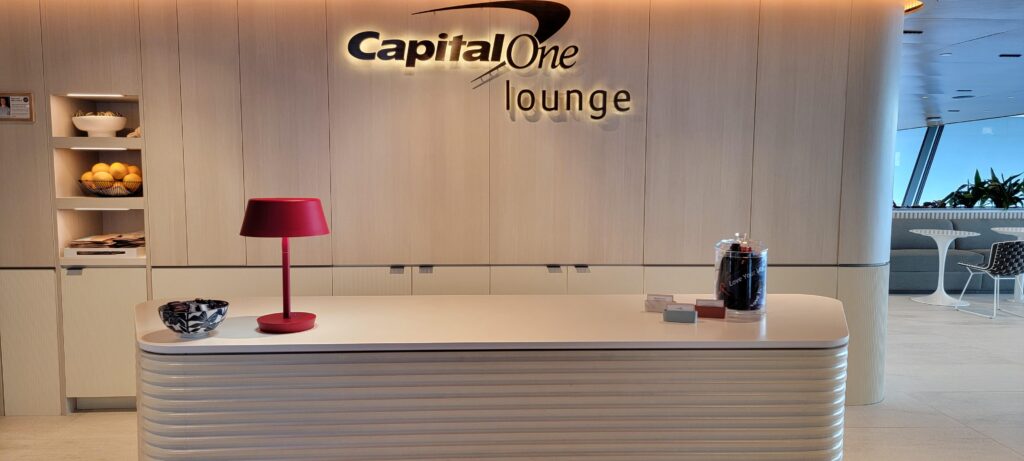
Southwest’s Next Boarding Evolution
I’ve always been fascinated by Southwest Airlines for its friendly, no-fuss approach to flying, especially the open seating and free checked bags that many of us have come to cherish. But as of 2025, this beloved airline is unveiling a major transformation: assigned seats, bag fees, and nine distinct boarding groups. I recently took a deep dive into the details and discovered that these changes are set to roll out in booking channels by late 2025, impacting flights starting in 2026. Naturally, I’m wondering whether Southwest’s legendary quick turn times and warm spirit will hold strong under the pressure of these significant shifts.
Southwest’s 50-Year Tradition Undergoing Change
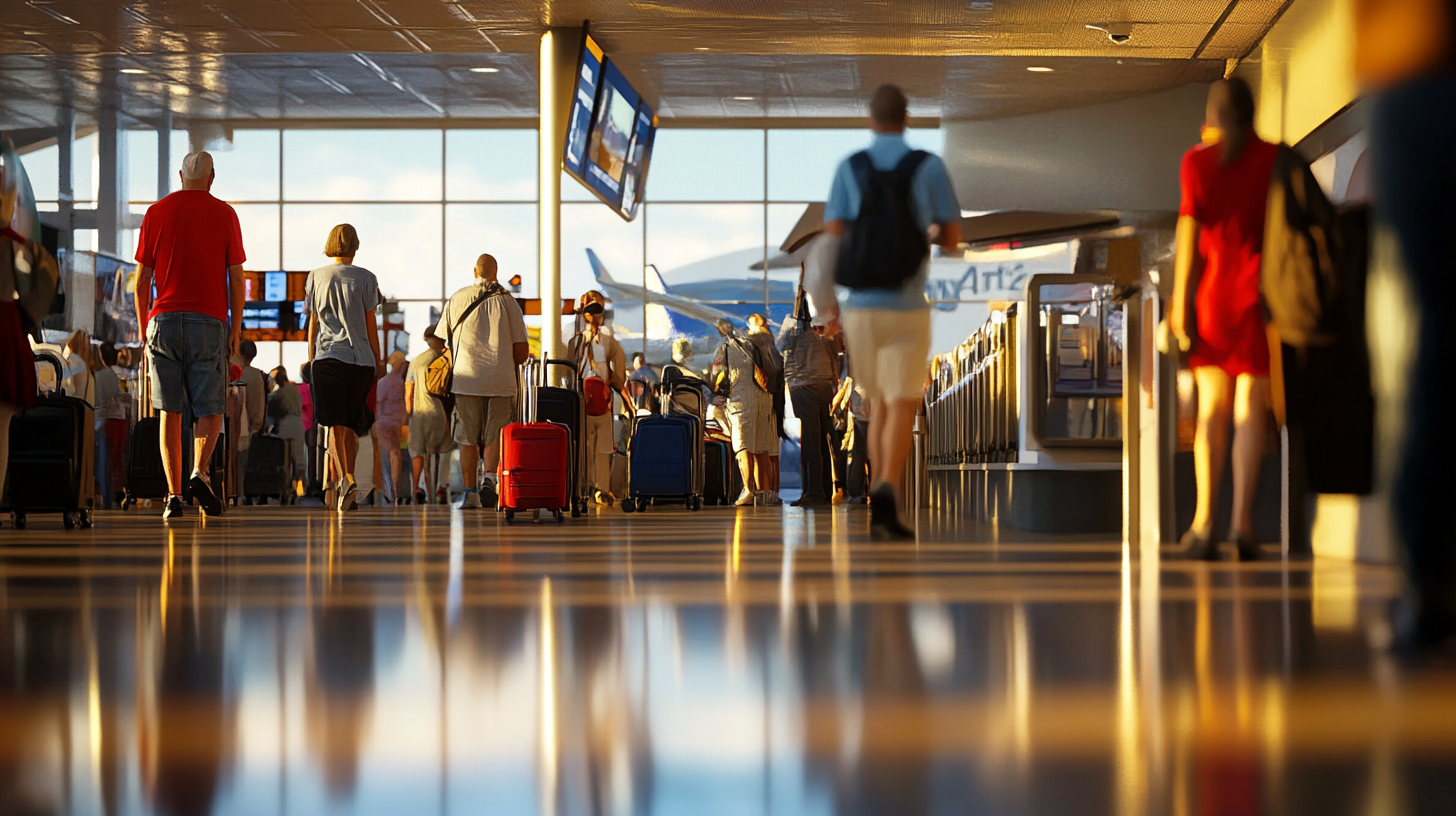
For five decades, Southwest’s open-seating policy was one of the airline’s most distinctive qualities. I remember countless gate areas filled with eager travelers, all waiting for their letter-and-number combination to be called. There was a certain freedom in picking any open seat, and many of us appreciated the chance to take the front row if we lined up early enough. But now, the airline has confirmed it will gradually phase out this free-for-all approach and phase in a modern system of seat assignments. This is a sea change for an airline whose official motto once seemed to be ‘grab any seat you want.’
From what I’ve read, investor pressure and evolving market demands are major reasons behind the policy updates. Southwest has always prioritized efficiency and quick turn times, but times are changing, and so are passenger expectations. According to a recent survey by the Global Travel Association, over 70% of leisure travelers prefer choosing their seat before boarding day. By adopting seat assignments, Southwest is aiming to align with broader industry trends, while also appeasing shareholders who see potential for increased revenue in these more traditional practices.
Still, it’s hard not to feel nostalgic. I’ve met plenty of frequent flyers who fondly recall elbowing their way to a coveted aisle seat or scoring the emergency exit row for extra legroom without an upcharge. Yet as Southwest adapts its approach, I’m hopeful they’ll hold onto that legendary sense of hospitality and continue to make passengers feel welcome every step of the journey.
Nine Boarding Groups and Assigned Seating
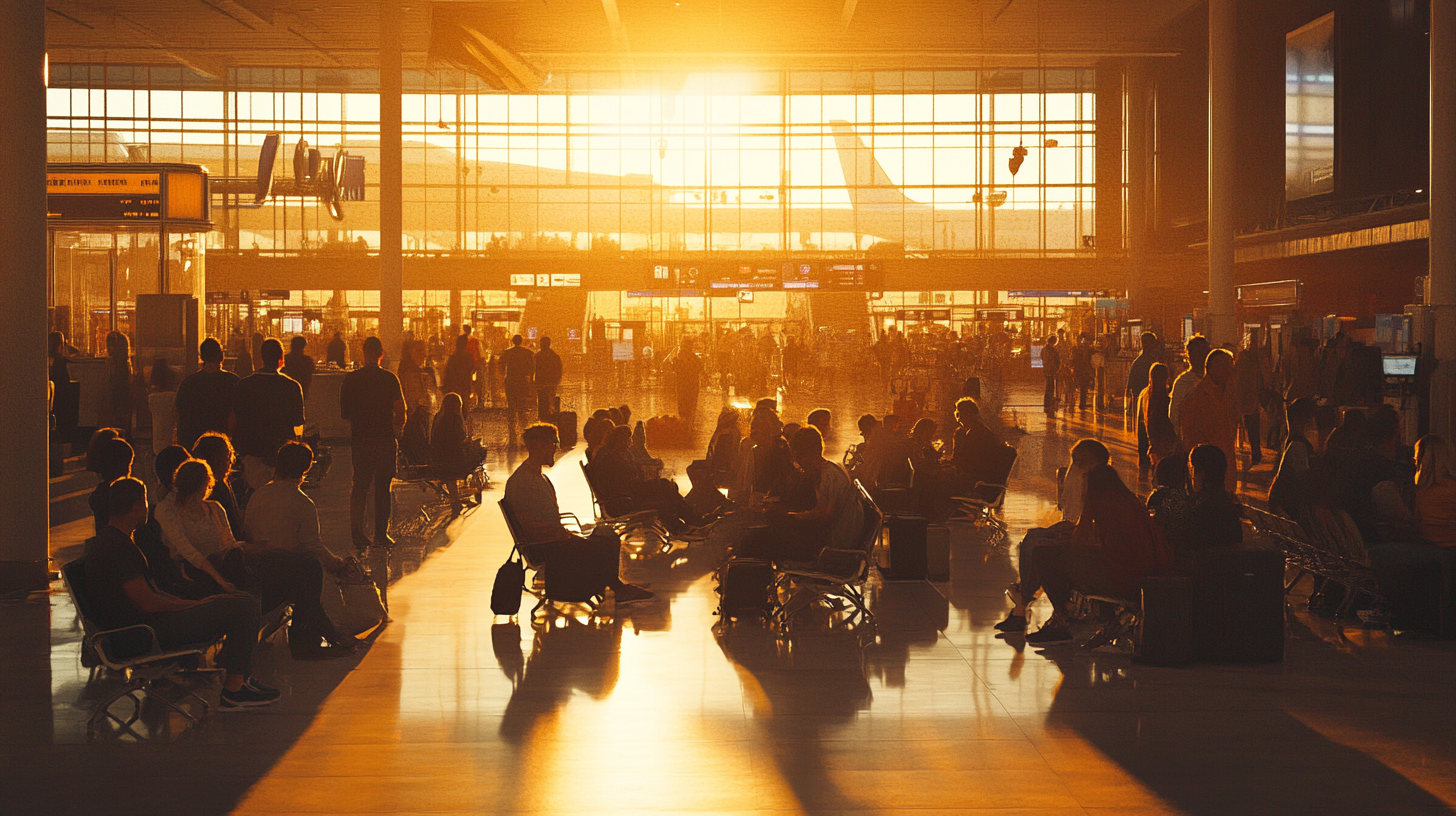
The days of simply lining up in A, B, or C are coming to an end. As I understand it, Southwest plans to debut a nine-group boarding sequence that will feel more in line with other major airlines. The idea is to reduce that last-minute scramble for overhead bin space and to give more predictability to passengers who like knowing they have a specific seat locked in. From what I’ve observed, people generally appreciate clarity, especially if they’re traveling with family or have a tight connection that demands an upfront seat.
Of course, this transition raises questions about how smoothly things will run at the gate. With more boarding groups, there’s a chance the process could either become more orderly or more chaotic, depending on how well travelers follow instructions. Frequent flyers I’ve spoken with are cautiously optimistic. Some are thrilled about avoiding the seat rush, while others will miss the old method that rewarded early check-in with a prime seat choice. I think it’s another step in Southwest’s push to keep pace with modern travel norms.
In an effort to maintain fairness, I’ve seen indications that priority boarding privileges will still apply for families with young children, passengers needing extra assistance, and active military members. Having nine groups might sound excessive, but it’s a signal that Southwest wants to slot customers neatly into each boarding wave. It’s all part of a broader change that the airline feels will enhance customer satisfaction, even if it marks the end of an era.
Bag Fees and Fare Class Perks
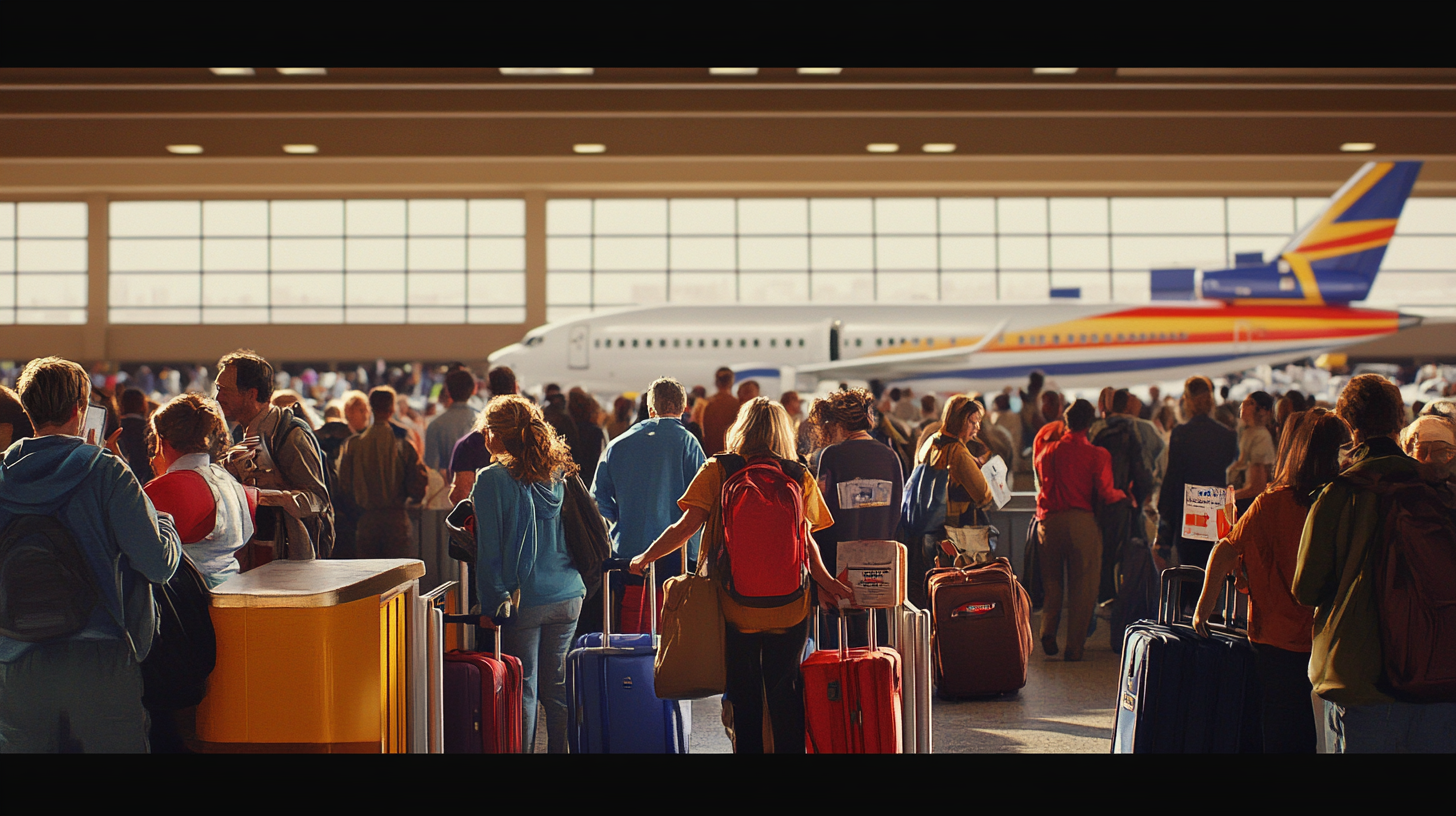
One of the most eye-opening parts of Southwest’s overhaul is the introduction of bag fees for most standard fares. I can still recall the classic “bags fly free” ads that used to run nearly nonstop. It’s a jarring thought that in a few months, we’ll be seeing a bag fee tacked onto the base fare for many tickets. This isn’t entirely out of left field, though, considering that the majority of legacy carriers have been monetizing checked luggage for ages. Southwest seems determined to remain competitive, and generating extra revenue through baggage charges appears to be a major part of that equation.
I’ve looked into early reports that business-tier travelers and elite loyalty members might still enjoy free checked bags. Elite flyers, Business Select customers, and holders of certain co-branded credit cards could avoid these fees. It’s a pivot that mirrors the approach of carriers like Delta and United, where loyalty status and premium fares buy you some added comforts. A recent industry analysis from Airline Data, Inc. suggests that implementing tiered baggage policies can add millions to an airline’s bottom line. For Southwest, that could mean funding new seat installations, improving onboard tech, or just plain beefing up the carrier’s profit margins.
Southwest is also rolling out revised fare classes that enable travelers to enjoy seat selection perks. This means you won’t just purchase a simple ‘Wanna Get Away’ ticket anymore. Instead, you might pay a bit extra to pick an aisle seat near the front or to add additional legroom. While some die-hard fans lament the loss of a one-size-fits-all Southwest experience, I see a silver lining: folks who really want that perfect seat can now make it happen, while those who prefer the cheapest option can still fly, but with a more bare-bones package. It’s a plus-minus scenario, but it seems Southwest is determined to keep up with the demands of modern flyers.
New Seats and Extra Legroom Options
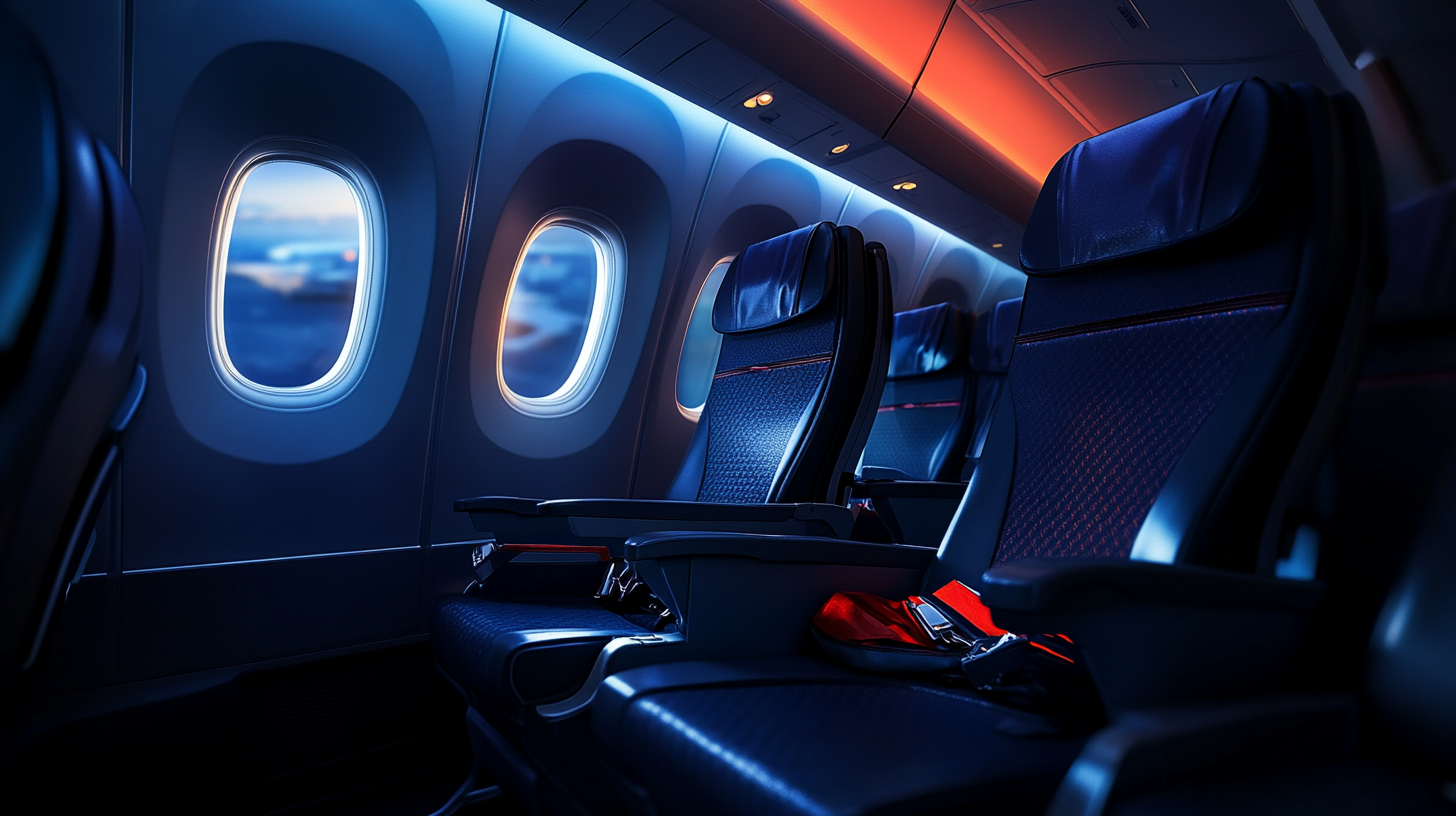
As someone who always checks out the seat specs before booking a flight, I’m excited to see Southwest adopting modern Recaro seats with updated amenities. Starting in 2025, the airline plans to install these seats across its fleet, and the highlight for many of us will be the Extra Legroom section. I’m told these seats offer up to five additional inches of pitch, which could make a real difference on those longer-haul routes. Think of it as a nod to passengers who want a bit more personal space without breaking the bank for a full-blown first-class cabin—something Southwest still doesn’t offer.
Preferred seats, which provide standard legroom but come with some added perks, are also on the horizon. It sounds like the airline is aiming to strike a balance between affordability and comfort, giving travelers more options to customize their experience. I’ve heard from frequent flyers who say they’re ready to pay a small premium to ensure they can stretch out, especially on flights of three hours or more. According to a 2024 passenger satisfaction study by the Travel Insights Group, seat comfort ranks among the top three factors influencing airline loyalty. So, this focus on seat upgrades could really pay off for Southwest in the long run.
Beyond seat enhancements, there’s also buzz about expanded international partnerships, like the newly announced codeshare with Icelandair. I see this as a sign that Southwest wants to broaden its global reach, possibly creating a new wave of frequent flyer benefits. If you’re collecting Rapid Rewards points, this could mean more opportunities to redeem them on flights beyond the typical domestic and near-international routes. In my view, these changes underscore how serious Southwest is about evolving while still trying to uphold its mission of delivering a reliable, warmhearted travel experience.
Preparing for the Transition
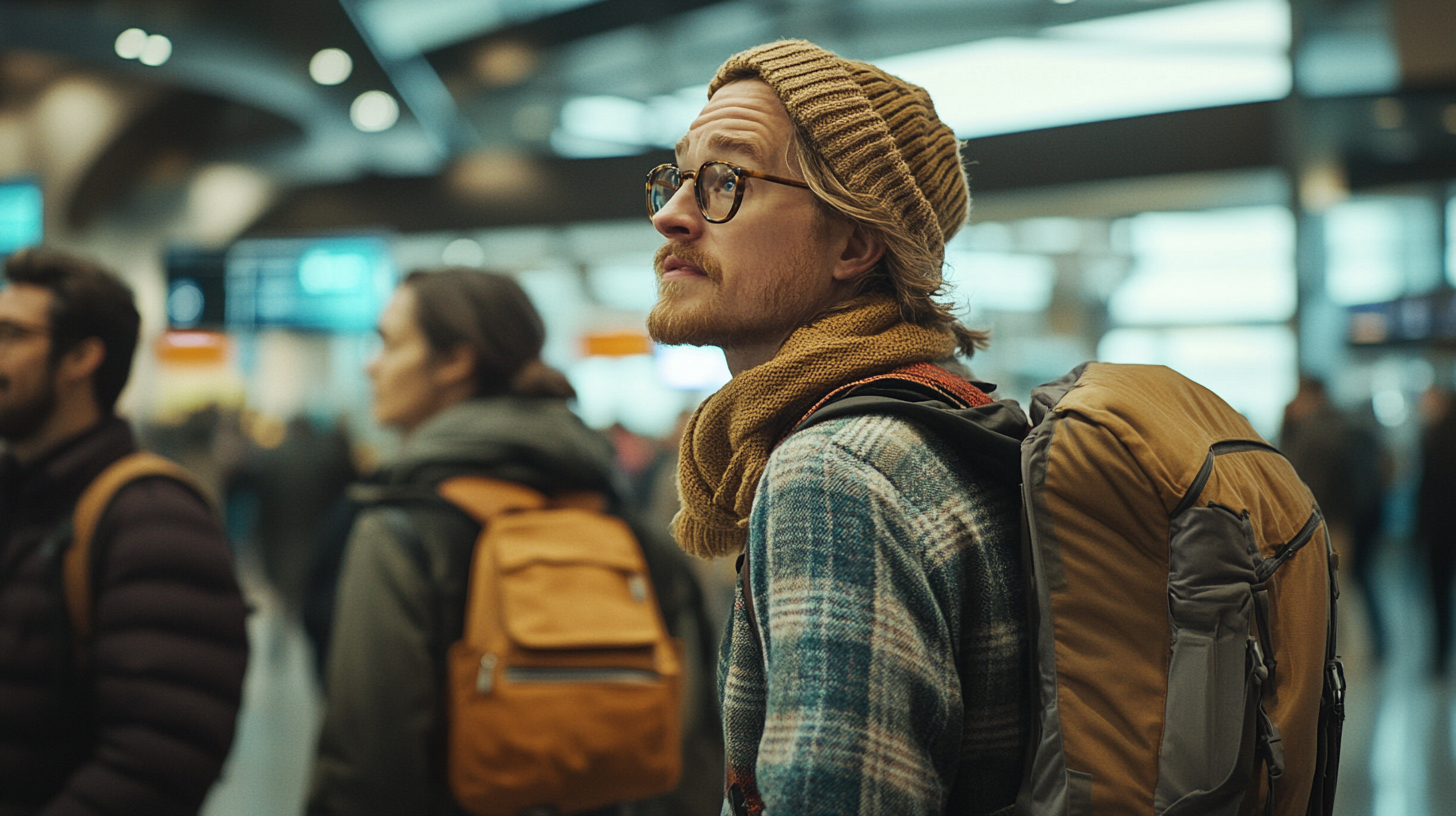
Between new seating configurations, bag fees, and an overhauled boarding process, there’s plenty to keep an eye on if you’re planning to fly Southwest in the near future. For starters, make sure to check each fare class’s specifics when you’re booking. If you’re traveling with family or want more control over your seat, it might be worth shelling out for EarlyBird Check-In or a fare class that includes seat selection. I’ve met plenty of vacationers who were caught off guard by fees when they assumed the old ‘bags fly free’ policy was still in play. It pays—literally—to read the fine print in 2025.
From a loyalty standpoint, now is definitely the time to keep your Rapid Rewards account updated. According to data compiled by PointsPro Network, travelers who hold airline credit cards and maintain elite statuses can save hundreds of dollars per year on bag fees and seat upgrades. If you’re on the cusp of earning higher-tier perks, consider strategic trips or promotions to push you over the edge before the new policies roll out in full. Simply put, your status could mean the difference between a smooth transition and a bumpy one.
Lastly, be prepared for some trial and error as Southwest refines these policies in real time. With nine boarding groups, new seats arriving in phases, and lots of pent-up questions from loyal flyers, it wouldn’t shock me if the airline tweaks certain details after initial feedback. Patience and a keen eye for policy updates will help you make the most of your Southwest experience during this unique period of change.
Final Thoughts
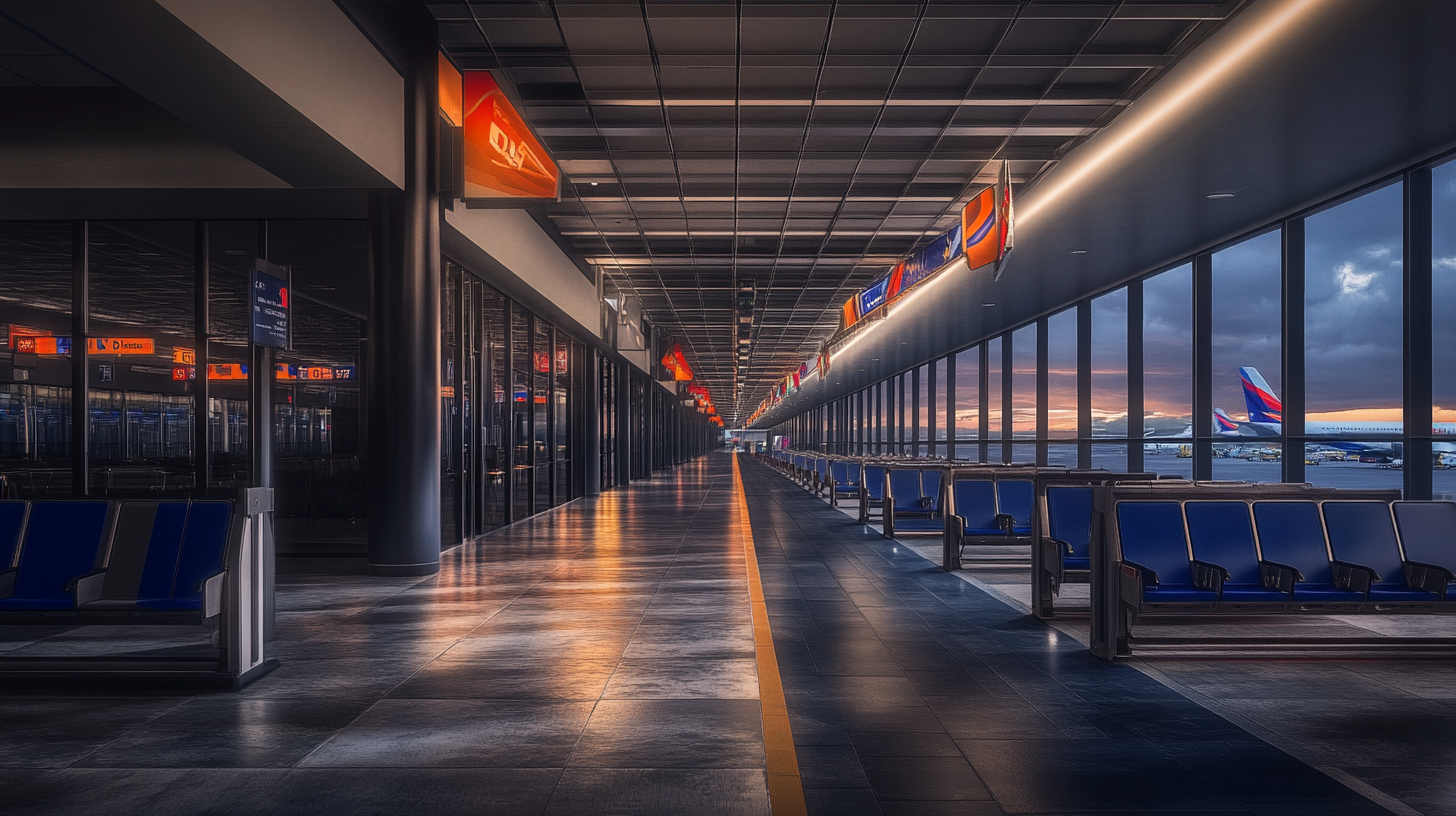
As 2025 progresses, it’s clear that Southwest is undergoing one of the most dramatic transformations in its history. The introduction of assigned seating, bag fees, and multiple boarding groups represents a significant pivot from the airline’s long-standing reputation for fuss-free travel. Yet, in a shifting industry landscape, these moves may be essential for staying competitive. By listening to investor demands, keeping pace with other major carriers, and offering a variety of seat and fare options, Southwest is aiming to future-proof its operations.
Of course, these changes come with a learning curve for everyone involved. Established Southwest loyalists will need to rethink their travel strategies, from how early they check in to how they pack their bags. Despite the upheaval, I’m convinced the airline still values its unique culture. The challenge ahead will be in balancing new revenue streams and more traditional elements against the casual, come-as-you-are spirit that made Southwest a household name.
Sky Skylar’s Take
From my vantage point, these changes highlight how airlines often walk a tightrope between staying true to their original brand and adopting revenue models that keep them afloat. And while the days of grabbing any open seat might be numbered, I’m thrilled to see Southwest modernizing its fleet and offering more customization to travelers who crave convenience. It’s an evolution that may well prove beneficial for both the airline and its loyal customers.
For all the nostalgia I feel about Southwest’s open-seating tradition, I recognize that the market is calling for a more standardized experience. If the airline can deliver seat assignments, bag options, and a frictionless boarding process without burying its legendary sense of fun, I think we’ll still be talking about Southwest’s unique vibe for decades to come.
Keep exploring new ways to make your journeys smoother by visiting us at BoardingArea.


